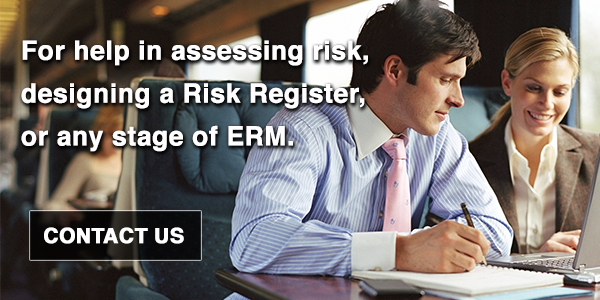
Jury verdicts for premises liability against those who own or manage land, stores, taverns, shopping malls and apartment complexes just keep climbing. A few California verdicts include a $7.5 million judgment after a chiropractor slipped and fell in a Starbucks and a $55 million verdict for a gang-related shooting against a security company that oversaw on-site safety at an apartment complex.
Yet California is not the only state to face increasing jury awards due to premises liability. Incidents that might have gone unreported in past years now can cause significant settlements or jury verdicts across the nation. If you run a business or manage properties, you can take simple steps to provide a safer environment for your customers and visitors. Then, if the worst happens and an incident occurs on your property, you can present a stronger defense against any claims. Here are a few tips to reduce your organization’s premises liability.
Keep your properties in good repair.
Routine maintenance, frequent inspections and strong records of regular repairs can help you defend any claim your organization faces. Juries attribute knowledge of a defect by an employee to the property owner. Ensure you have a convenient reporting procedure so your employees can report problems. Then make sure you have staff responsible for prompt corrections. If you operate in a high-crime area, consider private security or escorts to vehicles. Adequate lighting also helps to prevent incidents and defend them if something does occur.
Respond promptly to complaints.
Once you know that lights are inadequate, locks damaged or other dangerous conditions lurk, you must act promptly. Even a one-day delay can make a claim difficult to defend if you did not complete proper repairs. Referring security issues to an internal committee is a problem when safety is concerned, because committees only meet so often. Organizations must handle some safety issues immediately.
Know the person or the firm you are hiring.
Run background investigations and check references on all employees and vendors, especially those who will have access to your premises or your increasingly vulnerable data. However, you must walk a fine line between background checks that may cause a disparate impact with those that ensure safety and do not discriminate. The Equal Employment Opportunity Commission (EEOC) is aggressively pursuing incidents of disparate impact from background checks. Be sure to follow the latest updates from the EEOC.
Manage those certificates of insurance and insist on additional insured status when appropriate.
Any vendor you hire should provide proof of insurance before they access your premises. You cannot simply hire a management or security company to help keep your property safe and expect this to solve your liability exposure. As a property owner or leaseholder, you have a non-delegable duty to ensure the security of your premises.
Determine the foreseeability of crime surrounding your business.
The more dangerous the facility or the surrounding area, the more responsible you are to make access, egress and occupancy safe for your employees and your visitors. Consider how certain types of crime occur near you. In low crime areas, a one-off robbery or assault may go without legal challenge. However, if you operate in high-crime areas, your liability is much greater if an incident does occur. Consider a risk management survey to determine foreseeability of adverse events. Surveys rank risk from not foreseeable to low to moderate to high.
Keep meticulous records of maintenance and responses to requests and complaints.
One of the shortfalls of defending a case is a lack of maintenance and other upkeep and complaint response records.
After an incident, you will face plaintiff attorneys highly skilled at making your operation look sloppy. They will outline the steps you should have taken to prevent the incident. They will also show the associated costs if you had taken those steps. A cost-benefit analysis should be part of your security plan. It is difficult to defend a case successfully where a simple or inexpensive fix like better lighting or notice to residents may have prevented the act. “Reasonable care” is the legal standard for landowners.
For more information on claims handling, liability limits you should consider or any other risk mitigation issues, please contact me at asica@thealsgroup.com or at 732.395.4251.

)
